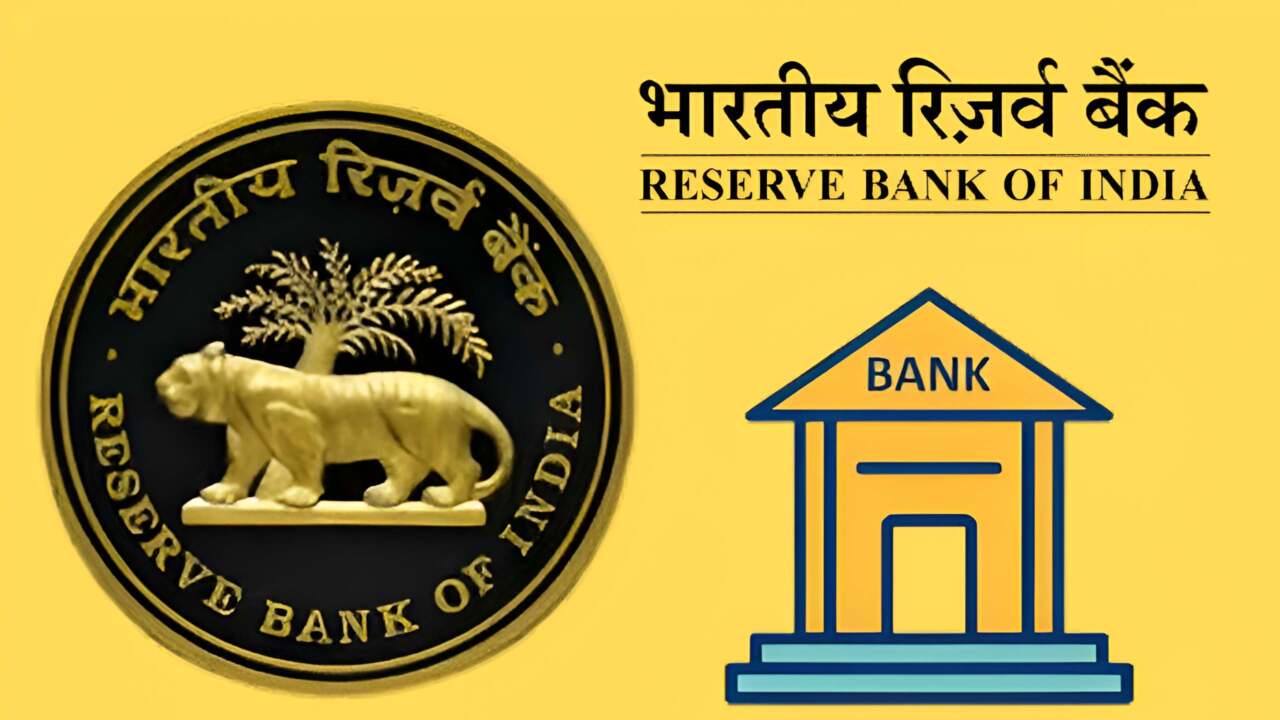Despite the fact that details are crucial, the banking industry has had several needs met with a single wave of the wand. Some regulatory decluttering may significantly change the banking industry during the next three to five years.
Today’s happiest bankers ought to be CS Setty and Uday Kotak. Kotak, Kotak Mahindra Bank’s founder, promoter, and non-executive board member, has long questioned why banks should be subject to regulatory limitations when it comes to funding acquisitions. A month or so ago, CS Setty, the chairman of the State Bank of India, joined Kotak in calling for change. What made Reserve Bank of India Governor Sanjay Malhotra’s post-MPC (monetary policy committee) speech on October 1 stand out was the package of 22 additional measures meant to improve credit flow, ease of doing business, and the banking sector’s competitiveness and resilience, among many other advantages.
A new set of rules is in effect
All of these measures—whether it is removing the restrictions on lending to borrowers with credit limits of Rs 10,000 crore or more, lowering risk weights on segments like MSME lending and residential housing, loosening the proposed Forms of Banking and Prudential Regulations for Investment, or even raising the limits for loans against securities and IPO funding—are positive moves that are in line with how capital is chasing the larger markets. This is also a reminder that funds should be channeled via the official banking system if they are to enter the economy and multiply to sectors that have the resources to extract them and reinvest them in the economy’s foundation. Not via credit substitutes or private credit. Directionally, this suggests that Malhotra may not have stressed it as much in his post-MPC address.
Using banks to channel loans
The initiative to revitalize deposit insurance and the intention to review licensing requirements for urban cooperative banks further highlight the possibility that the multiplier effect may be stronger when credit is distributed via direct banking channels. A number of the October 1st initiatives have the potential to significantly alter the banking system’s dynamics and hence spur significant credit expansion, including the resurgence of demand for loans from India Inc.
According to bankers, this is an early Diwali present for them. They also admit that they should expect one or two more rate cuts; the exact number will rely on the outcome of macroeconomic variables like inflation and domestic consumption. It was one of the rare occasions when the benefits provided to the banking sector in the form of progressive reforms more than made up for the status quo on rates.
More oversight is required
Nevertheless, a conservative observer who has seen the government’s and the financial system’s battles to save public sector banks believes that banks would handle their newfound independence poorly. As a relatively new financial system, some of the most pressing issues are: what will be the new rule book? How many will follow the rules? Have we lowered the guardrails yet? To make sure that everyone is on the same page, it is more crucial than ever to raise the bar and improve the quality of RBI oversight. At least for the next ten years, the nation cannot afford another major bank collapse, as the sector has already seen four. Will the regulator be able to comply with the new regulations?

